


Modern TRIP assisted steels contain retained austenite with carbon concentrations in excess of 1 wt-%. Some of their mechanical properties, in particular the toughness and ductility, rely on the diffusionless transformation of this austenite into high-carbon martensite, induced by stress and strain. The properties can be excellent in spite of the fact that freshly formed high-carbon martensite is brittle. This contradictory behaviour has yet to be explained. In the present paper, the authors propose and show experimentally that the tendency of the martensite to crack in a mixed microstructure of austenite and martensite depends on its absolute size. It is demonstrated that in these mixtures, it is more difficult to crack fine martensite. It is the fine scale of the retained austenite in TRIP assisted steels that permits the martensite to be tolerated without endangering their mechanical properties.
Materials Science and Technology 22 (2006) 645-649.
A short audio interview of Sourabh Chatterjee by Mathew Peet on the content of the paper.

|

|
 Published 2025 |
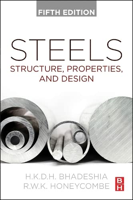 Published 2024 preview, video |
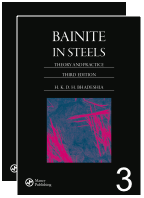 Free download |
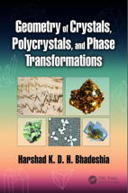 Free download |
 Rails, 2024 |
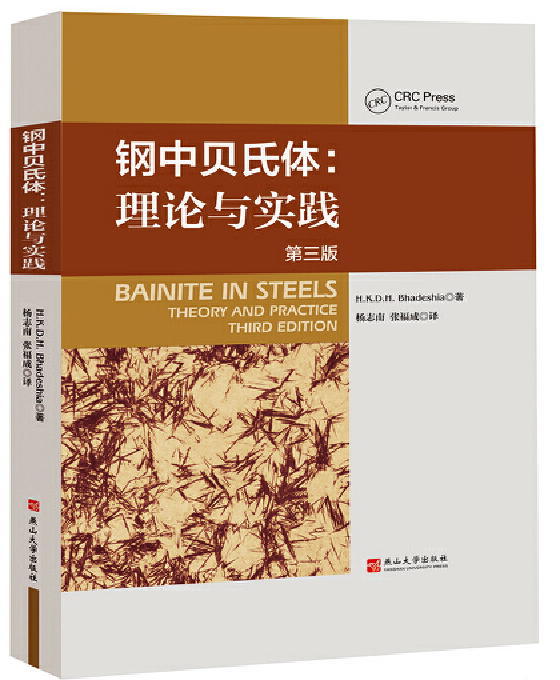 Translation, 2020 |
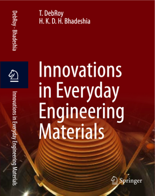 Published 2021 |
| PT Group Home | Materials Algorithms |